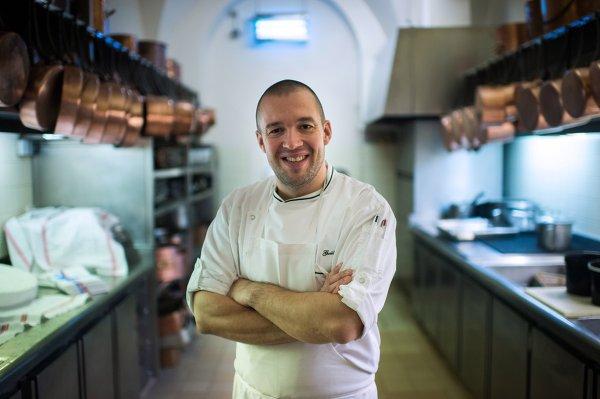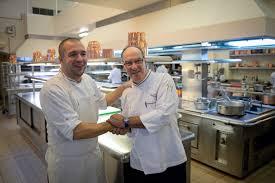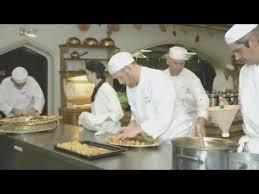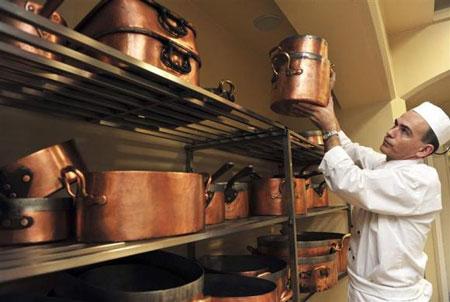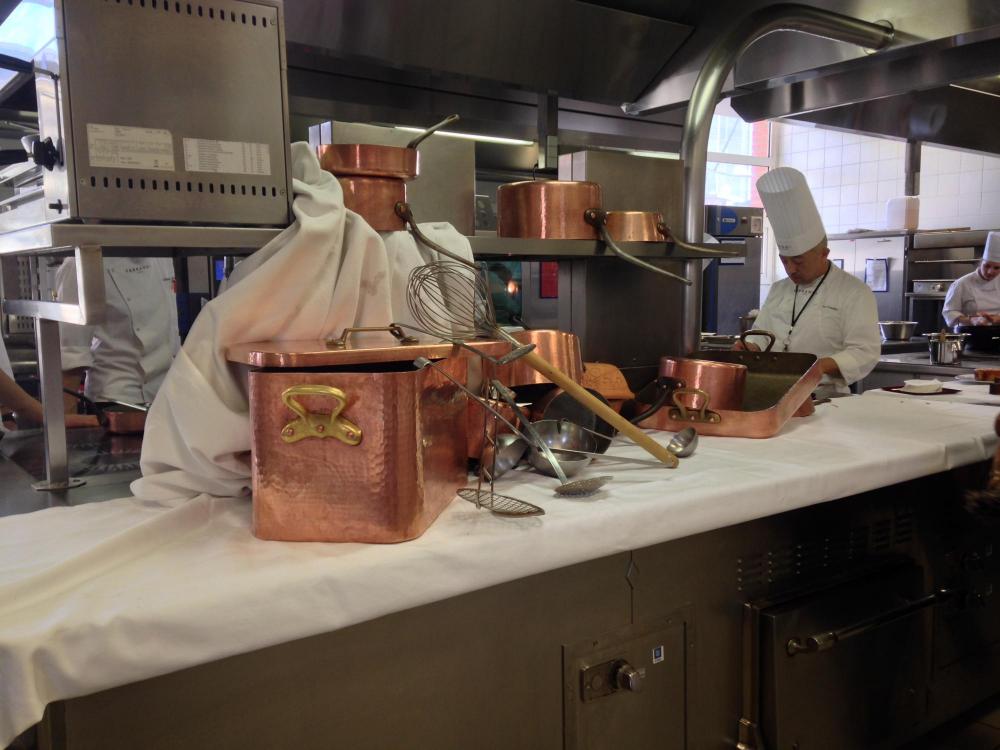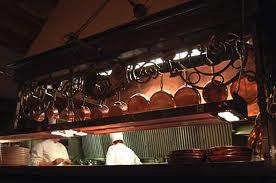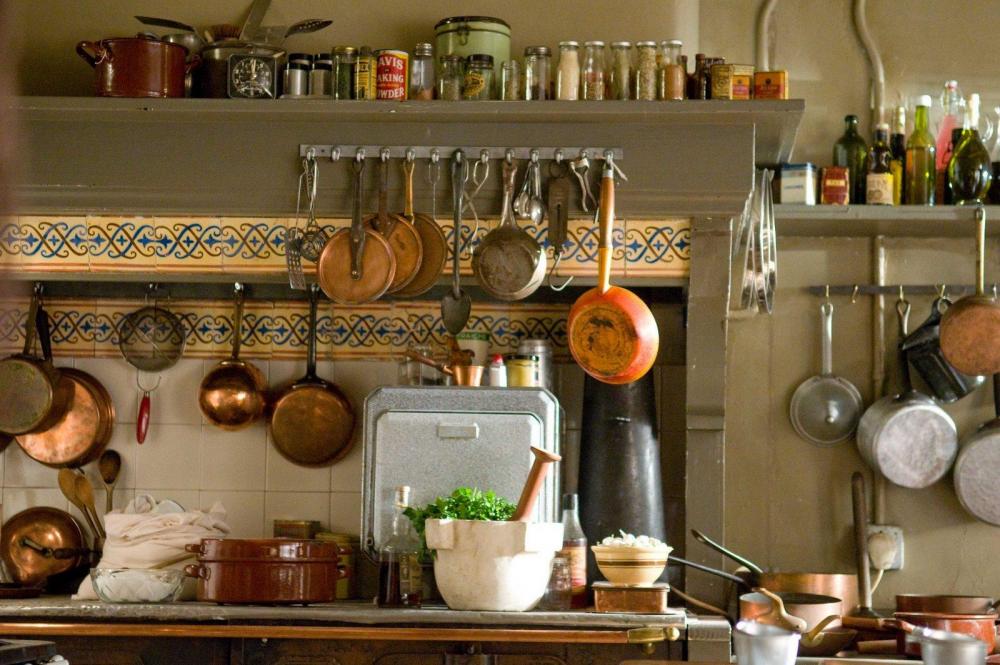2 hours ago, paulraphael said:These are lovely as collector's pieces, but it would be foolish to expect any functional advantages over stainless-lined copper from Mauviel / Bourgeat / Falk (which are all essentially the same). And tin brings with it significant disadvantages. No matter what anyone tells you, it is fragile. In a saucepan you will abrade through it with a whisk if you whisk a lot (which you will if you are making things like emulsified egg sauces, which are arguably the only kinds of sauces delicate enough to demonstrate the benefits of copper). Forget about sautéing. A proper sear requires preheating above tin's melting point.
The conduction differences in a metal layer that's less that 1/10mm are insignificant. There is no "non-stick" advantage to tin. If food sticks to your cookware, you've got technique issues.
There are still a couple of places in the country that re-tin cookware. Look at $70+ for most pieces. Not a big deal if the cookware is decorative, but that will add up if you use the stuff hard.
I wouldn't consider thickness beyond 2.5mm an advantage. You will get more heat retention and more evenness, but at the expense of slower responsiveness. And responsiveness is the real reason to use copper. You can get evenness and heat retention for miles from heavy aluminum, at a fraction the cost.
Unless decoration is your primary concern, I would be wary of spending money on any copper. I love my 1.5L windsor pan because I'm a sauce geek, and because this pan is made for the things copper does best. But let's be honest ... look in the kitchens of Michelin 3-star restaurants around the world. If it isn't an open kitchen (on display) and if they bought their cookware this side of World War 2, they're probably using some kind of laminated stainless. The differences are vanishingly small in practice.
I use my 2.5mm copper because I bought it when the stuff was pretty affordable. I also use laminated stainless / aluminum, disk-bottom aluminum, heavy aluminum, cast iron, spun steel. The laminates get the job done as well as the copper. They just don't look as awesome when they're doing it. If you work out the physics calculations, copper has an edge in some situations, but it's not going to influence your real world results. You could save the money and get an immersion circulator or pressure cooker or something that will give you serious new powers in the kitchen.
Do you own any 3mm tinned copperware? Have you ever used any for any length of time? Let's just say we disagree on most of what you wrote:
1. There certainly is a difference between 3mm pans that have been tinned, and the 2.3mm and 1.8mm pans that Falk, Bourgeat and Mauviel make. Those latter makers may say their wares are 2.5mm thick, but (with a few exceptions within Mauviel) they are not 2.5mm of copper.
2. Tin linings are not "fragile". Even pans used for sauce work will last 10-15 years provided you use birch or coated whisks.
3. Tin linings are great for searing and saute. I don't know how you define heat for searing, but I say it starts at 200C/400F, which is below the melting temperature of 450F. Moreover, you can easily go higher with oil in the pan, and higher yet with food in it. If for you searing is flopping into a bare pan at 550F, then I wish you well. Tin linings, like SS to some degree, "season", but a seasoned tin lining always sticks less than a freshly-scoured SS one.
4. There are substantial and growing numbers of American retinners who do excellent work at reasonable prices. The going rate is $5 x (diameter + height in inches). Considering that the pans are also finely polished, it's not a bad deal.
5. Look in the state kitchens of France--copper predominates.
6. The responsiveness of 3mm tinned is a lot closer to SS-swaddled 2.3mm than you think. Without the evenness. There is a qualitative difference in the heat delivered from sidewalls, too.
7. If you do work out all the physics calculations (including thermal diffusivity and emissivity), copper is clearly superior to clad and aluminum in most applications. Superior enough for you? Maybe not. Bare aluminum wins every time on a cost:benefit analysis.
8. The BCC pans are definitely not just "collector pieces".

